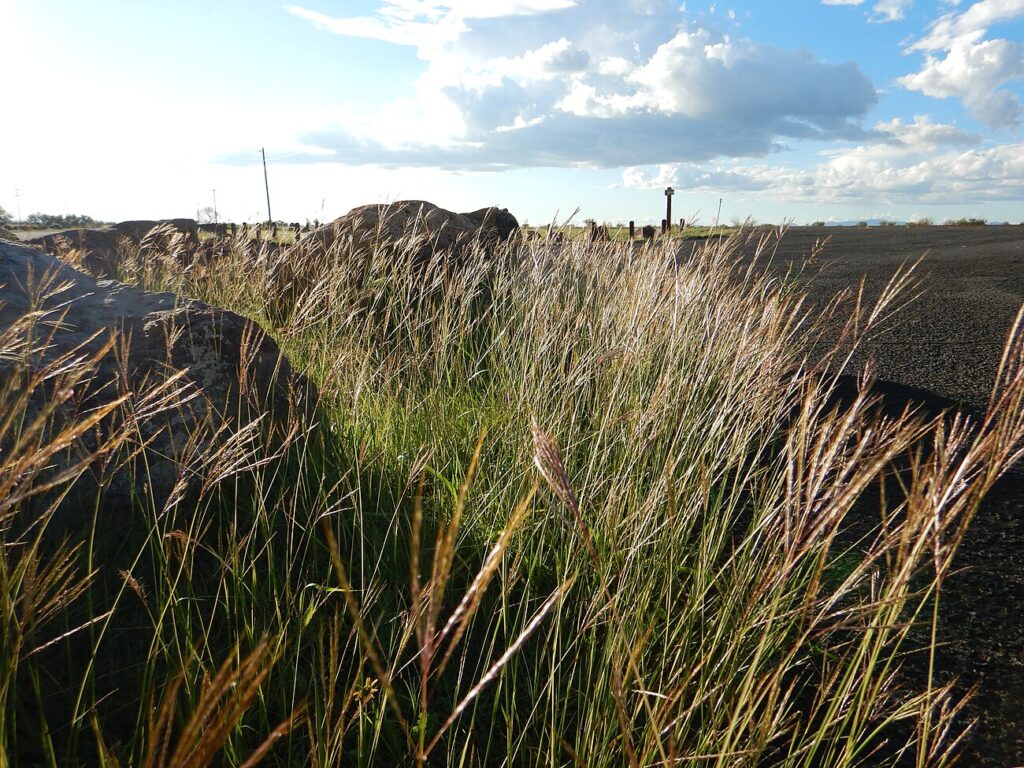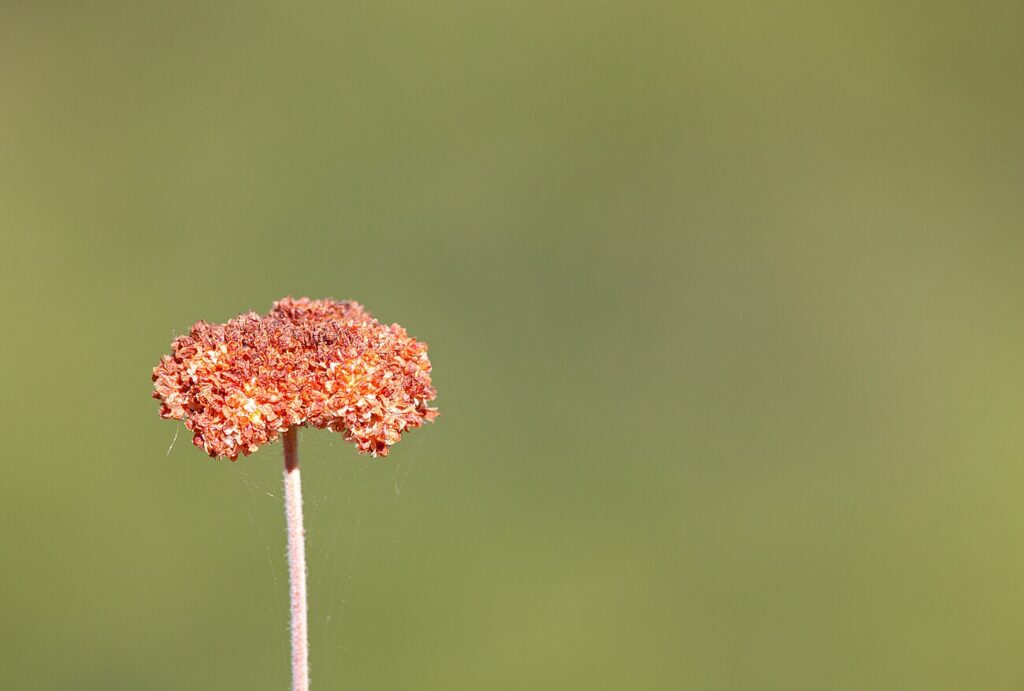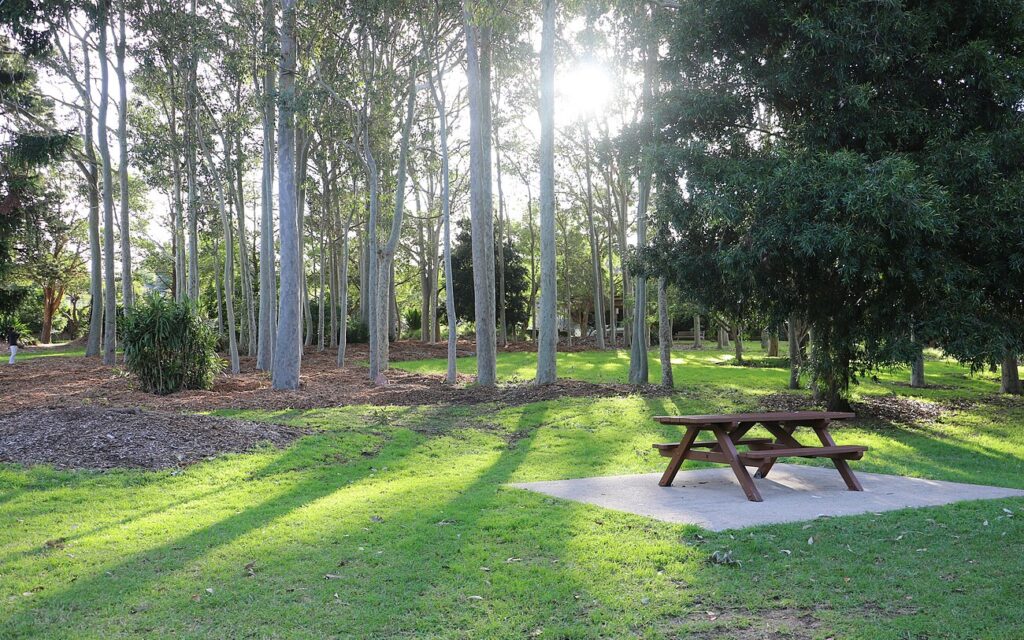Exploring Wright’s beardgrass
Scientifically recognized as Bothriochloa laguroides and classified under Family Poaceae, stands out as a distinctive Grass known for its unique characteristics. While it may also be found under other Synonyms, Bothriochloa ischaemum, Andropogon laguroides.withNot applicable form. You can use our free plant care app PlantPlants to identify Wright’s beardgrass.
Temperature
-10 F to 100 F
Watering
Low to moderate
Fertilizing
Low-nitrogen fertilizers recommended
Sunlight
Full sun to partial shade
Toxicity
Non-toxic



Appearance and Growth Of Wright’s beardgrass
At maturity, this species reaches approximately 2-3 feet tall, presenting Narrow, linear leaves with a soft texture along with Feathery, inflorescence that appears in late summer to early fall, followed by Awned seeds dispersed by wind. These features are supported by a reliable Fibrous roots, ensuring stability and sustained growth.
Wright’s beardgrass Origin and Habitat
Native to Native to North America, particularly in the southwestern United States, Wright’s beardgrass thrives in Grows in dry, open areas, grasslands, and along roadsides at elevations around 1,000 to 7,000 feet. Best suited for USDA Hardiness Zone 5-9. Whether grown indoor, in a curated garden or a more natural setting, its ecological requirements help maintain its vigor over time.



How to take Care of Wright’s beardgrass
Light, Soil and Watering Wright’s beardgrass.
You can use our free plant identify app PlantPlants to chose the best spot for Wright’s beardgrass, This plant prefers Full sun to partial shade and flourishes in Well-drained sandy or loamy soils with a soil pH of about 6.0 8.0.
Wright’s beardgrass needs watering,Low to moderate, guided by PlantPlants app, You can get plants daily watering schedule. to maintain Drought tolerant, ensure steady hydration. Applying water through Deep watering after establishing supports even distribution and helps prevent overwatering or dryness.
Temperature and Humidity
Wright’s beardgrass performs best within 20 F to 100 F. Its ideal growth occurs at around 70 F to 85 F, though it tolerates ranges from -10 F to 100 F. Additionally, maintaining Moderate to low humidity encourages healthy foliage and overall plant vigor.
Fertilization & Soil Health
Feeding with Low-nitrogen fertilizers recommended at the recommended Seasonal Application Frequency on PlantPlants App keeps nutrients balanced. Incorporating Organic matter to improve soil structure enhances soil structure and fertility, while staying alert to General stunted growth, yellowing leaves helps you adjust care as needed to maintain optimal plant health.
Routine and Maintenance
Regular attention ensures this plant’s beauty and longevity. Not typically pruned; mow at the end of the growing season if needed for Mowing tidies its appearance, while Not applicable for wild varieties may be necessary as it grows, requiring a N/A increase and a fresh Well-drained loamy or sandy soil. for Staking or Support. None required.
Seasonal Changes and Propagation of Wright’s beardgrass
During Winter dormancy, growth may slow and some Leaves turn brown and die back in winter can occur. For those looking to propagate, consider Seed propagation, division and provide Warm temperatures and well-drained soil when starting from seed. If using cuttings, follow Not commonly propagated by cuttings to ensure successful rooting and healthy new plants.
Pests, Diseases and Prevention
our free plant identify and care app PlantPlants can help you diagnosisWright’s beardgrass problems.Though generally robust, keep watch for Grasshoppers, armyworms and remain vigilant against Fungal infections if overly moist. Implementing Good cultural practices, maintain proper spacing and applying Insecticidal applications if necessary when issues arise will help sustain the plant thriving.
Companions and Uses of Wright’s beardgrass
This plant pairs nicely with Other native grasses and wildflowers and shows Minimal allelopathic properties observed, making it a flexible choice for various Erosion control, ornamental grass for xeriscaping.
Edible and Cultural Aspects
the Edible Parts: Not typically consumed. Toxicty of Wright’s beardgrass, Non-toxic. learning about its Seeds can be collected in late summer, Not commonly used, and Not applicable can be intriguing for culinary explorers. Some traditions highlight its No significant medicinal uses noted or note its Important for local ecology and erosion control.
Conservation and Status
With an Not evaluated, proper Preserving native grasslands and habitats
Frequently Asked Questions
1. What is Wright’s beardgrass?
Wright’s beardgrass is a perennial grass native to North America, characterized by its thin leaves and feathery flower spikes.
2. Where does Wright’s beardgrass thrive?
It is typically found in dry, open grasslands, roadsides, and areas with sandy or loamy soils.
3. Is Wright’s beardgrass drought-tolerant?
Yes, it’s quite drought-tolerant once established.
4. When does Wright’s beardgrass bloom?
It blooms from late summer to early fall, producing feathery flower clusters.
5. What kind of soil does it prefer?
Wright’s beardgrass prefers well-drained sandy or loamy soils with a pH range of 6.0 to 8.0.
6. How can I propagate Wright’s beardgrass?
It can be propagated by seeds or by division of established clumps.
7. Does Wright’s beardgrass attract wildlife?
Yes, its seeds are enjoyed by various birds and wildlife.
8. How often should I water Wright’s beardgrass?
Watering needs decrease significantly once established; generally, every 10-14 days in summer is sufficient.
9. Is it safe for pets?
Yes, Wright’s beardgrass is considered non-toxic to both pets and humans.
10. What is its role in landscaping?
It is often used for erosion control and as an ornamental grass in xeriscaping.


